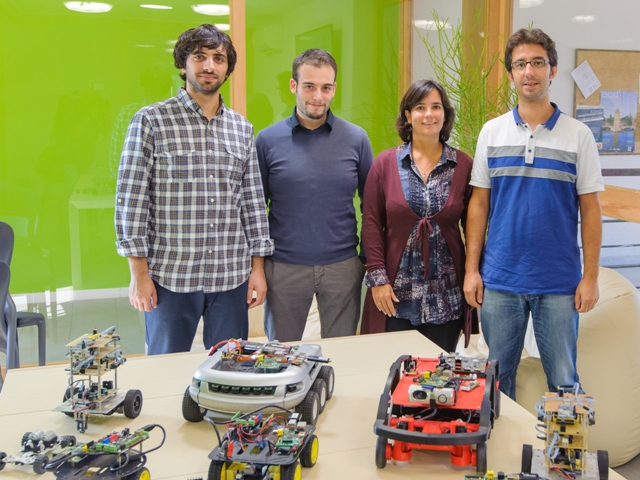WALK-MAN - Whole body Adaptive Locomotion and Manipulation
WALK-MAN is a 4 years integrated project (IP) funded by the European Commission through the call FP7-ICT-2013-10. The project started on September 2013 and has the goal to develop a robotic platform (of an anthropomorphic form) which can operate outside the laboratory space in unstructured environments and work spaces as a result of natural and man-made disasters. The robot will demonstrate new skills including:



